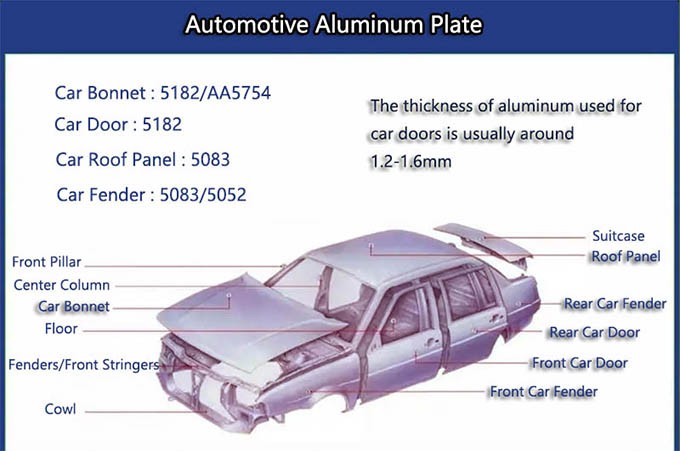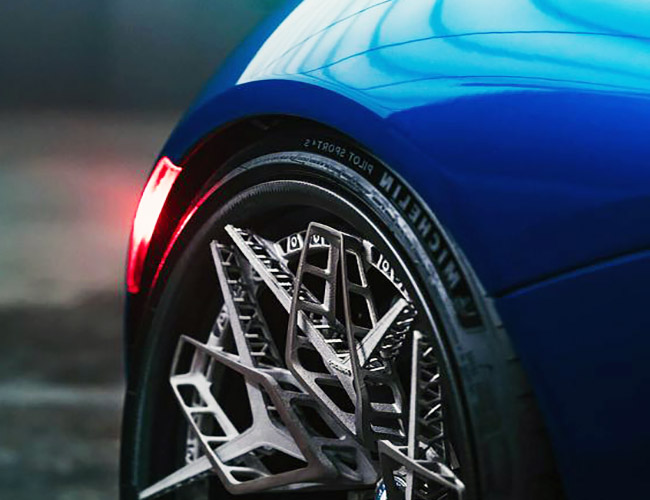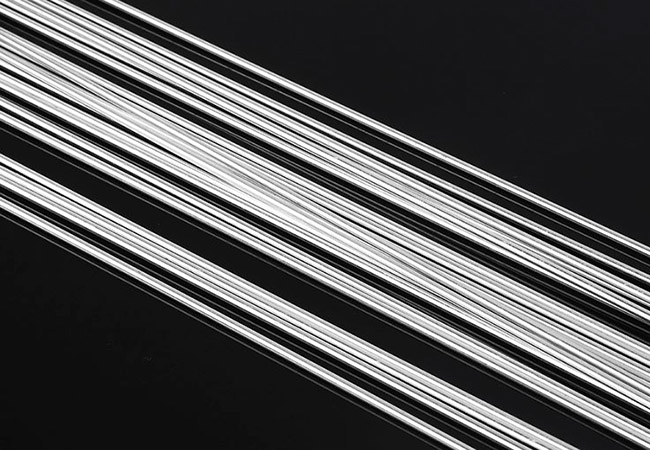Aluminum metal is light, has good ductility, electrical conductivity and thermal conductivity. It is the most important metal material for automobile manufacturing and is widely used in the following aspects:
- car body frame
- engine
- bumper
- wheel
- battery system
- Various parts

This article discusses the application of automotive aluminum plates and analyzes its development trends.
In the context of global energy conservation and emission reduction, automobile manufacturing is developing in the direction of lightweight, low energy consumption, high performance and safety. Metal aluminum has low density, light weight, easy processing and shaping, good thermal and electrical conductivity, and large output (aluminum is the metal element with the highest content in the earth's crust). It is one of the best lightweight materials for automobiles.
Applications of Automotive Aluminum Materials
Aluminum used in Car Bodies and Bumpers
The automobile body includes the engine cover, trunk lid, roof cover, fenders and front wall. It uses a large amount of materials and accounts for a large proportion of the total weight of the automobile. It is an important research point for automobile lightweighting.
The traditional cast steel body is heavy and consumes a lot of fuel. Experimental studies have shown that for every 10% reduction in the mass of a car, its fuel consumption can be reduced by 6% to 8%, and emissions can be reduced by 5% to 6%. The density of metallic aluminum is one-third that of iron, and it has excellent mechanical properties. It is a key research material for lightweight automobile bodies.
Aluminum Plate for Automobile Body
Aluminum used as a car body material can greatly reduce the overall weight of the car, achieve lightweight goals, and achieve energy conservation and emission reduction.
In recent years, there have been more and more research and practical cases on aluminum bodies. Audi built an all-aluminum body axle car in 1995. Now most electric vehicles use all-aluminum bodies or use 80% aluminum.
For car bodies, automakers often use a mix of different aluminum alloys, including 5000 and 6000 series alloys. Examples include 5052, 5083, and 6061. These alloys offer a balance of strength, formability and corrosion resistance.

6061 Aluminum for Car Bumpers
Metal aluminum is the main manufacturing material for car bumpers. When a car collides, aluminum bumpers can effectively absorb the collision heat to achieve shock absorption.
For bumpers, 6000 series alloys such as 6061 are often used due to their strength and formability.

Aluminum for Engines
The engine is an important power component of the car and one of the main vibration sources of the car. Nowadays, most parts on automobile engines have been replaced by cast iron products. Parts such as piston supports, oil pans, and body parts are made of aluminum-magnesium alloy materials, which can effectively help the engine dissipate heat, reduce the size of the radiator, and achieve lightweight automobiles. Target.
The engine mount is filled with foam aluminum material, which can effectively reduce vibration and achieve shock absorption effect. Jindongfeng Automobile Company has produced a batch of commercial vehicles using aluminum-magnesium engines, which effectively reduces vehicle fuel consumption and improves vehicle performance.
Aluminum alloys used in engine components include 3000, 5000 and 6000 series alloys. 3000 series alloys such as 319 or 356 are typically used in engine blocks, while 6000 series alloys such as 6061 are used in cylinder heads.

6061 7075 Aluminum for Car Wheels
Car wheels are an important part of the car. They are in direct contact with the ground and carry the weight of the car. They are a key factor affecting the safety and comfort of the car.
Car wheels are typically made from 5000 or 6000 series alloys. Popular choices include 6061, 6063 and 5052 due to their strength and lightweight properties.
Due to their strong rigidity and heavy mass, traditional cast steel wheels have the disadvantages of weak vibration buffering ability and easy tire overheating. Aluminum wheels have good processing performance and high dimensional accuracy, and can effectively reduce the longitudinal and lateral vibration of the car.
Because aluminum wheels are light in weight and have good heat dissipation, they can effectively avoid wheel overheating, thereby improving the anti-aging performance of the wheels and extending the service life of the wheels.

At present, high-end sports cars, axles, large buses and some military special vehicles all use aluminum wheels. According to statistics from relevant departments, in the future, 98% of cars will use aluminum wheels.
High-End Sports Cars
For high-performance sports cars, manufacturers often use high-strength aluminum alloys to reduce weight and enhance handling. Alloys such as A356.2 (a 3000 series aluminum-silicon alloy) and 6061 (a 6000 series alloy) are popular choices for alloy wheels.
Car
Car hubs require high-strength alloys. Aluminum axles can be made from 7075, a high-strength 7000 series alloy, or other specialty alloys designed for structural integrity.
Large Buses
Buses, especially those designed for public transportation or long-distance travel, often use aluminum alloy wheels to reduce vehicle weight and improve fuel efficiency. Commonly used alloys include 6061 and so on.
Military Special Vehicles
Military vehicles often have specific requirements for their wheels, such as high strength and resistance to extreme conditions. Alloys such as 6061 can be used, and even specialized military-grade alloys can be used.
Wheel alloy selection may vary based on the specific requirements of the vehicle, including load-carrying capacity, durability and the ability to withstand harsh conditions.
Aluminum plate manufacturers can also use alloy designs that include heat treatment processes to enhance the properties of aluminum alloys for these applications.
Aluminum for Car Chassis
The automobile chassis includes four parts: the driving system, the transmission system, and the braking system, and contains many spare parts. At present, many automobile chassis parts are made of aluminum alloy, including brake calipers, steering wheel frames, clutch pedals, brake pedals, transmission housings, clutch housings, brake housings, steering knuckles, and steering gear housings. wait.
The use of aluminum alloy parts effectively reduces the weight of the car chassis.
The chassis is typically made from 6000 series alloys such as 6061 or 6063. These alloys offer a good balance between strength and formability.

Automotive Aluminum Rod Wires
The wiring harness is the nervous system of the car and an important medium for transmitting electrical signals. Aluminum rod wire is a single-core wire, which has the advantages of small density, small work difference, stable structure, affordable price and easy safety. Its conductor performance is better than copper wire, and it is gradually recognized and applied by automobile manufacturers.
Aluminum rod and wire used in automotive applications can be made from 1000, 5000 or 6000 series alloys. The choice of specific alloy depends on the application, such as electrical conductor or welding wire.
Aluminum rod wires are gradually being used in pure electric and hybrid vehicles, and some well-known brand automobile OEMs have also begun to use aluminum rod wire designs, such as Land Rover, General Motors, Porsche, Mercedes-Benz and BMW.

Aluminum for Heat Exchanger Processing
The automobile heat exchanger is an important accessory for cooling the automobile engine and has the same cooling function as the home air conditioner. Due to the advantages of aluminum in terms of thermal conductivity, quality and processability, aluminum heat exchangers have been widely used.
Automotive heat exchangers are mainly made of high-frequency brazed flat aluminum tubes and extruded porous aluminum materials.
Automotive heat exchangers usually use 3000 and 4000 series aluminum alloys, such as 3003 or 4343. These alloys have good thermal conductivity and corrosion resistance.

Selecting the appropriate alloy for each application depends on factors such as required strength, corrosion resistance, formability and weight considerations. Additionally, advances in materials science and manufacturing technology can facilitate the development and use of new alloys specifically targeted to automotive needs.

